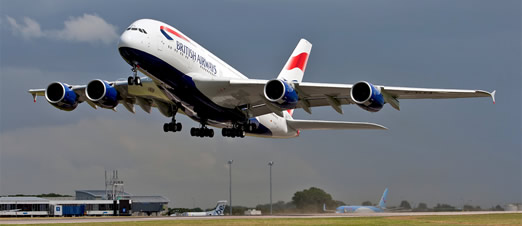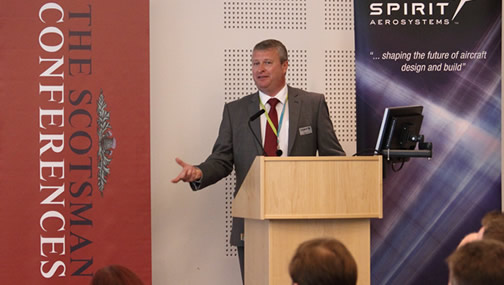One of the most important elements of Air Traffic Management (ATM) is the transfer and analysis of flight related information.
Messaging systems carry all the flight planning data between ANSPs and are an essential tool for keeping things running smoothly and safely.
For more than half a century, the Aeronautical Fixed Telecommunications Network (or AFTN) has been the primary aeronautical messaging system. When it was first launched in the 1950s this was pretty innovative technology – it was actually the world’s first large-scale message handling system. The world has moved on though and now it’s widely recognised that AFTN is a little outdated, with limited capabilities that don’t make it easy to share and manipulate today’s volume of information.
As a result, the International Civil Aviation Organisation (ICAO), which is responsible for global standards in the industry, mandated a new standard for ATM messaging – the ATS Message Handling System (AMHS). This is a modern internet based protocol utilising modern messaging and network technology, which can use PENS (the Pan-European Network Service) – a communications infrastructure which makes it easier to share flight information across borders.
NATS recently became the first ANSP to establish an AMHS connection with Eurocontrol for all of the UK’s flight plan related traffic using PENS.
We’ve been a real trailblazer on this – last year we successfully implemented the first inter-regional AMHS links between the UK and USA, and the UK and Singapore, improving interoperability not only within Europe but pretty much right around the world. This latest step, however, was an important one for European airspace management.
Switching to this new system is expected to deliver reduced costs, increased functionality and performance by reducing the fixed line cost of the necessary infrastructure and allowing larger amounts of data to be exchanged in a format that can be readily used by different IT systems. This will be vital as the number of flights in UK and European airspace grows in the coming years and decades.
The latest switch went as planned and, as well as reducing costs, represents another step forward in delivering the benefits of a Single European Sky – defragmenting Europe’s airspace and delivering improvements through increased cooperation and interoperability.
Comments
Please respect our commenting policy and guidelines when posting on this website.





21.07.2015
07:41
albaj
Thanks for sharing these article. A professional flight support which they are offering.